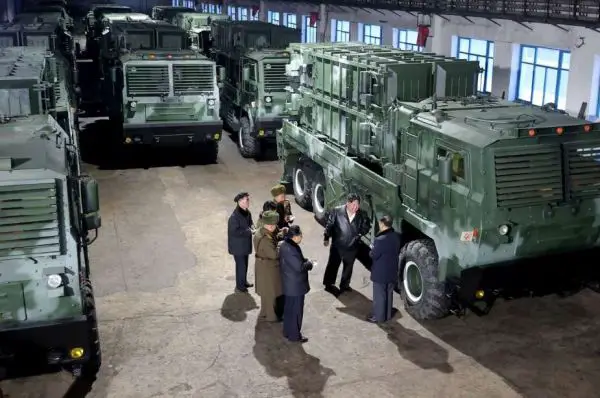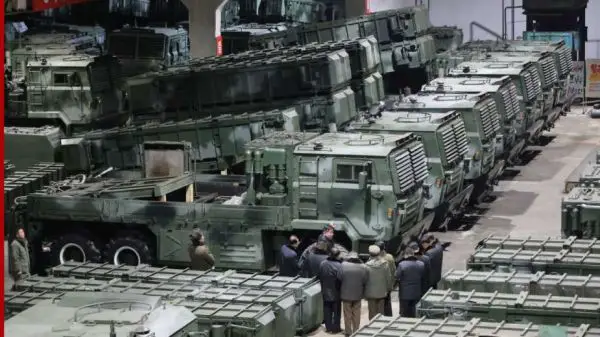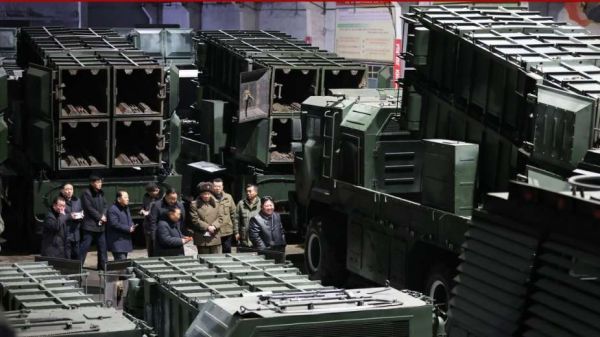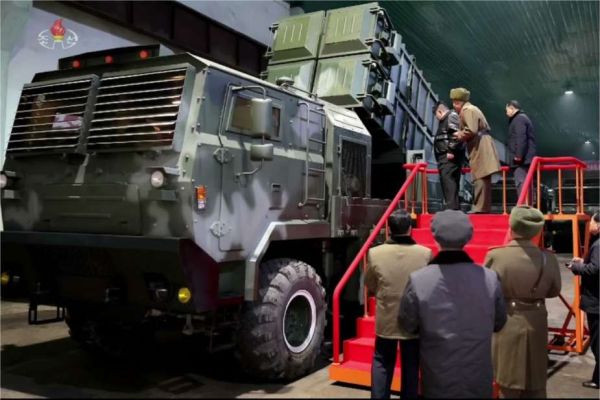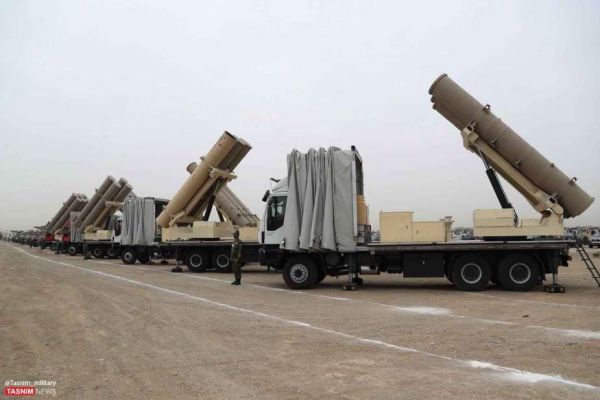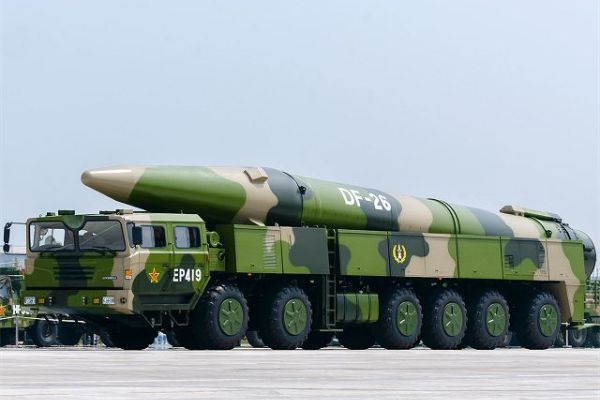Ballistic Missiles.
Hwasong-11D - Hwasong-11Ra.

The Hwasong-11D is a short-range ballistic missile (SRBM) developed by North Korea, showcasing advancements in the country's military technology. As part of the Hwasong-11 missile family, this missile is designed for tactical precision and rapid deployment. Its compact size and advanced guidance systems make it a crucial element in North Korea's strategic arsenal, providing capabilities for precise strikes and evasion of missile defenses.
Country users: North Korea
Description
The Hwasong-11D was developed in the early 2020s, with initial tests conducted in 2022, marking a significant milestone in North Korea's missile program. It officially entered service in 2023, reflecting the country's continuous efforts to enhance its military capabilities. On August 4, 2024, North Korea revealed that it had deployed 250 Hwasong-11D ballistic missile launchers to its southern border. This announcement marks the first time the country has publicly acknowledged such a significant transfer of weaponry to its border units. This missile is a tactical weapon, designed for precision strikes against enemy targets. Its primary use is to engage high-value targets with accuracy, utilizing its compact design and advanced guidance systems to perform precise operations. The missile's ability to evade missile defenses through its depressed trajectory further adds to its effectiveness in combat scenarios.
Hwasong-11 variants:
- Hwasong-11Ga / Hwasong-11A
Description: Base model with a design similar to the Iskander missile.
Features: Standard configuration and specifications.
- Hwasong-11Da / Hwasong-11C
Description: An enlarged version of the original model.
Features: Capable of carrying a 2.5-ton warhead, offering increased payload capacity.
- Hwasong-11S
Description: An underwater-launched version derived from the Hwasong-11A.
Features: Designed for submarine launch capabilities, enhancing stealth and versatility
Technical Data
-
Launcher Truck
The Hwasong-11D is launched from a Transporter Erector Launcher (TEL) vehicle, specifically designed to provide exceptional mobility and rapid deployment capabilities. The TEL is built on a robust 6x6 truck chassis with three axles, featuring one at the front and two at the rear, which enhances stability and handling over diverse terrains. The crew cabin, positioned at the front of the vehicle, is equipped with a single door on each side, facilitating easy access for the operating crew. The cabin is fortified with aluminum armor, offering protection against small arms fire and shell fragments. The front of the cabin includes two windows that are louvered and reinforced, ensuring both visibility and protection.
The missile launcher station is mounted at the rear of the truck chassis, designed to hold multiple launch canisters. Each TEL is capable of carrying up to four Hwasong-11D missiles, allowing for quick reloading and rapid response during combat situations. This canister-based technology protects the missiles during transport and ensures they are ready for quick, secure launches from a variety of terrains, enhancing the system's operational effectiveness in diverse combat environments.
-
Missile
The Hwasong-11D is a solid-propellant SRBM (Short-Range Ballistic Missile), emphasizing speed and precision. With a missile length of approximately 5.5 meters and a diameter of about 0.76 meters, it weighs around 3,000 kg at launch. The missile is equipped to carry conventional explosive warheads, and there are potential capabilities for nuclear payloads. This missile is equipped with a warhead weighing approximately 500-700 kg, and it is believed to support both conventional and nuclear payloads. The reduced range of the Hwasong-11D, estimated at around 300-400 kilometers, allows it to be used for tactical operations, prioritizing maneuverability and precision over long-distance reach. The guidance system is a significant feature of the Hwasong-11D, employing an "autonomous" guidance mechanism that may include modern inertial navigation systems and radar homing capabilities. This enhances its accuracy and reduces reliance on external guidance signals, which could be vulnerable to jamming.
-
Mobility
The Hwasong-11D is mounted on specialized TEL military truck chassis designed to offer exceptional mobility and deployment speed. It typically feature a 6x6 chassis, which provides excellent off-road capabilities and the ability to maneuver across various terrains. This mobility ensures that the missile system can be rapidly repositioned, adapting quickly to changing tactical situations. The TEL vehicles are compact yet robust, allowing them to transport multiple missiles without compromising speed or agility, and are designed to operate independently, carrying all necessary equipment for missile launch and guidance
-
Combat Use
The Hwasong-11D is deployed as a tactical weapon designed to strike high-value targets with precision. Its ability to launch multiple missiles from a single platform allows for effective saturation attacks, overwhelming enemy defenses. The missile's depressed trajectory complicates interception efforts, making it a formidable tool in North Korea's arsenal. Recent tests have demonstrated the missile's capability to engage targets with high accuracy, emphasizing its role in regional conflicts. The Hwasong-11D's compact design and advanced guidance systems make it suitable for rapid deployment in various combat scenarios, enhancing its strategic value for North Korean military operations.
Specifications
-
Type
Short-range ballistic missile (SRBM).
-
Country users
North Korea
-
Designer Country
North Korea
-
Warhead Missile
Conventional and potentially nuclear-capable 500 to 700 kg
-
Engine Missile
Solid-propellant engine.
-
Truck Launcher
Transporter Erector Launcher (TEL) truck 6x6 chassis.
-
Weight Missile
3,000 kg
-
Range Missile
Estimated at 300-400 kilometers (186-248 miles)
-
Guidance System Missile
Advanced guidance systems, potentially integrating both GPS and inertial navigation systems.
-
Dimensions Missile
Around 7.5 meters (24.6 feet).






























